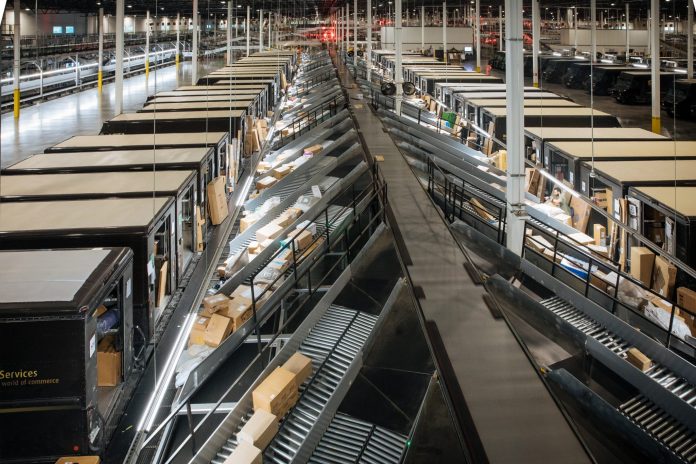By Chris Borderlon
City Councilman Brian O’Neill won’t introduce legislation to give people in nearby neighborhoods input into the proposed development of a very large distribution center at 1 Red Lion Road. O’Neill declared his approval of the project to the Fox nightly news even though the developers haven’t yet completed the plans and traffic studies that will clarify its future impact on surrounding neighborhoods. O’Neill apparently doesn’t think any adverse impacts matter since he feels he can make up his mind before receiving information about them.
That O’Neill won’t introduce a bill is his choice. But his claim that proposed use of property at 1 Red Lion and other Northeast sites near residential neighborhoods as massive, traffic-generating distribution centers can’t be subjected to the zoning variance process is mistaken. New legislation could require a variance for industrial uses (or warehouses specifically) over a certain size or number of truck bays proposed for land zoned for light (I-1) or medium (I-2) industrial use that’s located near existing residential uses. Or new legislation could create a use subcategory in the “Wholesale, Distribution, and Storage” category that might be called “Intensive Warehouse and Distribution.” Currently, every “Warehouse” use, whether 1,000 or 10 million square feet in size, is allowed without a variance, regardless whether land is zoned for light, medium or heavy industrial use. Large, modern distribution centers produce more intense and far-reaching impacts on their surroundings than small warehouses like those found in the Northeast’s old industrial parks. So the Code could be updated to require a variance when Intensive Warehouse and Distribution uses (those over a certain threshold of square footage or truck bays) are proposed for land zoned I-1 or I-2.
These are only suggestions. Any councilmember who cares to do so could propose other ways to require variances when proposed new distribution centers would hurt neighborhoods. Legislation could be drafted to apply locally or citywide. Big distribution centers will significantly affect any neighborhood where they’re built, so all neighborhoods could benefit from a new rule.
A proposed change to the Zoning Code is enforceable before it’s enacted, as soon as a bill to change zoning rules is “pending.” So if a distribution center developer (including at 1 Red Lion, where permits haven’t yet been sought) filed for permits after the needed bill is pending, the developer would need a variance. The public could then have input into the project.
Leaving in place the outdated rule allowing massive distribution centers to locate by right at sites where their operations would upend settled neighborhoods will give rise to a form of corporate welfare paid indirectly by people near the sites and the roads servicing them. The law allows a distribution-center developer to increase their own land value, and allows the operator to profit, while imposing high financial and environmental costs on those living and doing business in nearby neighborhoods that will be flooded with traffic, fumes and noise. Property affected by distribution-center operations face locational or external obsolescence — loss in value caused by proximity to a new use that’s not suited to the neighborhood.
Where do other councilmembers stand on this issue? People who want the chance to object when developers propose to swamp their neighborhoods with distribution-center traffic should consider contacting at-large Council offices if they live in O’Neill’s district, or the at-large members and Councilmembers Bobby Henon, Maria Quinones-Sanchez, or Cherelle Parker if they live in those districts. Councilmembers may need to be reminded that existing law leaves our communities with no say.
Chris Bordelon
Somerton Civic Association





